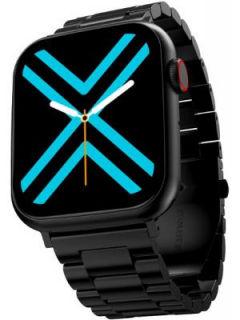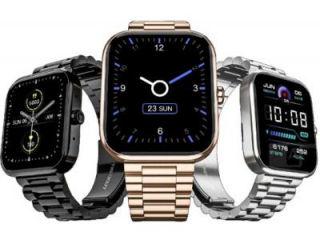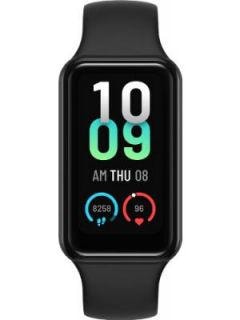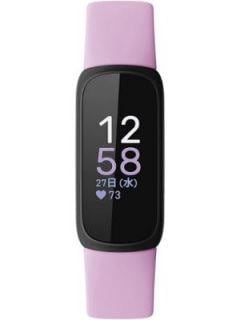Google research reveals it can turn ANC earbuds into heart rate sensor “with a simple software update”
Google has detailed its research in audioplethysmography (APG), that highlights that the company can turn an ANC earbud into a heart rate sensor without requiring any additional hardware.

Google has recently detailed the findings of new research that can have groundbreaking potential in creating affordable health sensors. The research highlights that Google can convert an earbud with ANC (active noise cancellation) feature into a heart rate sensing device and that too, without any additional hardware or physical modification of the earbuds. While we may have to wait for peer reviews in order to see how practical this solution is, it can kickstart a new way of health monitoring.
Calling the ear canal an ideal location for health sensing, Google announced the findings of the research in a post, and said, “We introduce a novel active in-ear health sensing modality. Audioplethysmography (APG) enables ANC hearables to monitor a user's physiological signals, such as heart rate and heart rate variability, without adding extra sensors or compromising battery life”.
The post also added that APG exhibits high resilience to motion artifacts, adheres to safety regulations with an 80 dB margin below the limit, remains unaffected by seal conditions, and is inclusive of all skin tones. All these factors make it a better health sensor than existing methods.
Google can turn ANC earbuds into heart rate monitor
As per the report, APG sends a low-intensity ultrasound transmitting wave (TX wave) using an ANC headphone's speakers and collects the receiving wave (RX wave) via the onboard feedback microphones. “The APG signal is a pulse-like waveform that synchronizes with heartbeats and reveals rich cardiac information, such as dicrotic notches,” explained Google.
The research report also explained why the ear canal is an ideal location to sense heartbeats. It said that the auditory canal receives its blood supply from the arteria auricularis profunda, also known as the deep ear artery. This artery forms an intricate network of smaller vessels that extensively permeate the auditory canal. Slight variations in blood vessel shape caused by the heartbeat (and blood pressure) can lead to subtle changes in the volume and pressure of the ear canals.
After the process was developed, the researchers conducted two rounds of user experience studies with 153 participants and found that APG achieved consistently accurate heart rate (3.21% median error across participants in all activity scenarios) and heart rate variability (2.70% median error in inter-beat interval) measurements.
However, it may be too soon for the technology to be developed into products. First, the research will have to be validated through peer reviews, and if Google passes the test, it can file for patents and certifications, which would involve another round of tests. Only after that will the tech giant be able to include this technology in its products.
Catch all the Latest Tech News, Mobile News, Laptop News, Gaming news, Wearables News , How To News, also keep up with us on Whatsapp channel,Twitter, Facebook, Google News, and Instagram. For our latest videos, subscribe to our YouTube channel.




























